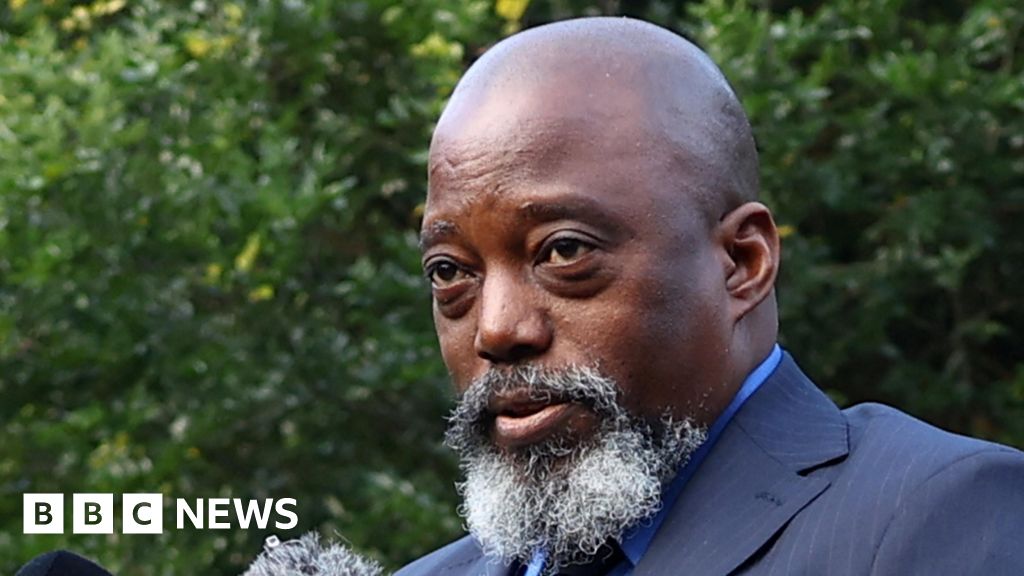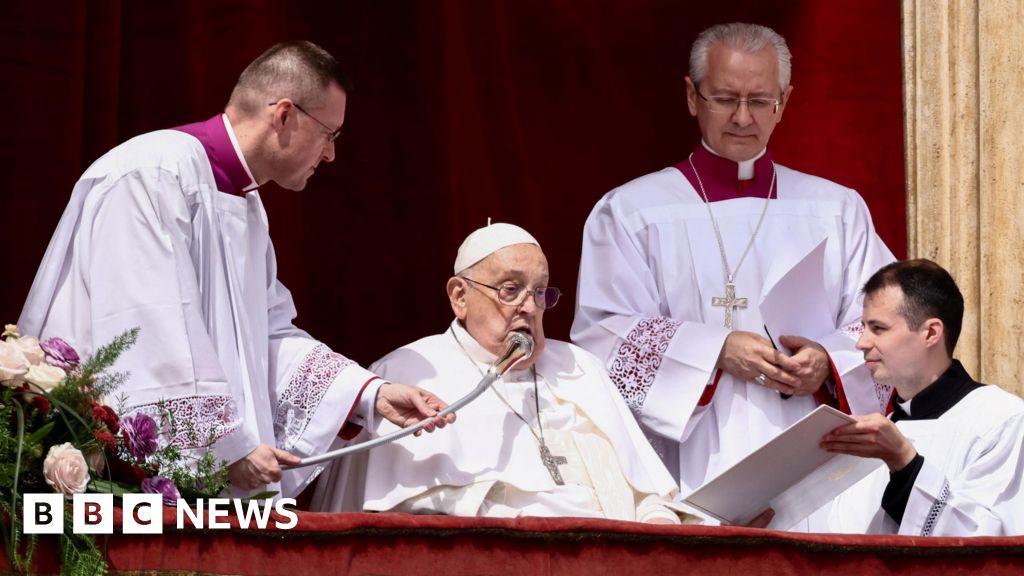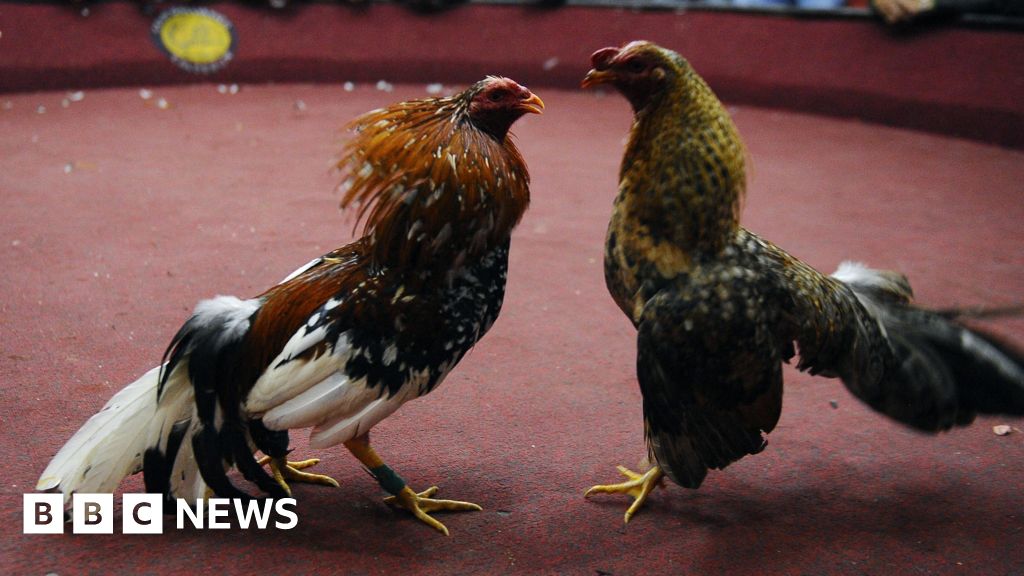A team of Rice University researchers has developed a new way to control light interactions using a specially engineered structure called a 3D photonic-crystal cavity. Their work, published in the journal Nature Communications, lays the foundation for technologies that could enable transformative advancements in quantum computing, quantum communication and other quantum-based technologies.
“Imagine standing in a room surrounded by mirrors,” said Fuyang Tay, an alumnus of Rice’s Applied Physics Graduate Program and first author of the study. “If you shine a flashlight inside, the light will bounce back and forth, reflecting endlessly. This is similar to how an optical cavity works—a tailored structure that traps light between reflective surfaces, allowing it to bounce around in specific patterns.”
These patterns with discrete frequencies are called cavity modes, and they can be used to enhance light-matter interactions, making them potentially useful in quantum information processing, developing high-precision lasers and sensors and building better photonic circuits and fiber-optic networks. Optical cavities can be difficult to build, so the most widely used ones have simpler, unidimensional structures.
Tay, together with Rice doctoral alumnus Ali Mojibpour and other team members, built a complex 3D optical cavity and used it to study how multiple cavity modes interact with a thin layer of free-moving electrons exposed to a static magnetic field. The key question guiding their investigation was what happens when multiple cavity modes interact with the electrons simultaneously.
“It is well known that electrons strongly interact with each other, but photons do not,” said Junichiro Kono, the Karl F. Hasselmann Professor in Engineering, professor of electrical and computer engineering and materials science and nanoengineering and the study’s corresponding author. “This cavity confines light, which strongly enhances the electromagnetic fields and leads to strong coupling between light and matter, creating quantum superposition states—so-called polaritons.”
Polaritons, also known as hybrid light-matter states, present a way to control and manipulate light at very small scales, which could enable faster and more energy-efficient quantum computing and communication technologies. Polaritons can also behave collectively, giving rise to states of quantum entanglement that could be used for new types of quantum circuits and sensors.
If the interaction binding photons and electrons into polaritons is extremely intense—to the point where the exchange of energy between light and matter happens so fast it resists dissipation—a new regime comes into effect known as ultrastrong coupling.
“Ultrastrong coupling describes an unusual mode of interaction between light and matter where the two become deeply hybridized,” said Tay, who is currently a postdoctoral researcher at Columbia University.
The researchers used terahertz radiation to observe how the cavity modes and electrons couple inside the 3D optical cavity, navigating experimental challenges such as the need for ultracold temperatures and strong magnetic fields.
They found not only that different cavity modes interact with moving electrons in an ultrastrong coupling regime but also that this multimodal light-matter coupling is dependent on the polarization of the incoming light, which triggers one of two forms of interaction.
“Depending on the polarization of the light, the cavity modes either remain independent, or they mix together, forming completely new hybrid modes,” Tay said. “This suggests we can engineer materials where different cavity modes ‘talk’ to each other through the electrons in a magnetic field, creating new correlated states.”
If initially the researchers were mainly focused on how the 3D photonic crystal cavity served to increase light-matter coupling, the realization that the setup could be used to induce matter-mediated photon-photon coupling came as an “aha moment” in the research, said Andrey Baydin, an assistant research professor of electrical and computer engineering at Rice and study co-author.

“This matter-mediated photon-photon coupling can lead to new protocols and algorithms in quantum computation and quantum communications,” Kono said.
Alessandro Alabastri, assistant professor of electrical and computer engineering, together with Stephen Sanders, a postdoctoral researcher in his lab, developed a simulation of the cavity structure, replicating the material properties and electromagnetic field dynamics observed during the experiment.
Alabastri praised Tay for his interest in understanding the simulation side of the work in addition to the experimental side.
“He is an experimentalist, but what I found really interesting is that he was really willing to learn the computational part as well,” Alabastri said.
By providing a new approach to engineering light-matter interactions and ultrastrong photon-photon couplings, the research findings pave the way for the development of hyperefficient quantum processors, high-speed data transmission and next-generation sensors.
“Quantum phenomena or states are famously fragile,” said Kono, who serves as the director of Rice’s Smalley-Curl Institute. “Cavity quantum electrodynamics is an emerging field of research for quantum technology, where the cavity setting provides a controlled environment for protecting and harnessing quantum states. At Rice, we have been very active in quantum science research—we are tackling some of the biggest challenges in the field.”
More information:
Fuyang Tay et al, Multimode ultrastrong coupling in three-dimensional photonic-crystal cavities, Nature Communications (2025). DOI: 10.1038/s41467-025-58835-x
Citation:
Quantum surprise: Matter mediates ultrastrong coupling between light particles (2025, April 17)
retrieved 20 April 2025
from
This document is subject to copyright. Apart from any fair dealing for the purpose of private study or research, no
part may be reproduced without the written permission. The content is provided for information purposes only.
















